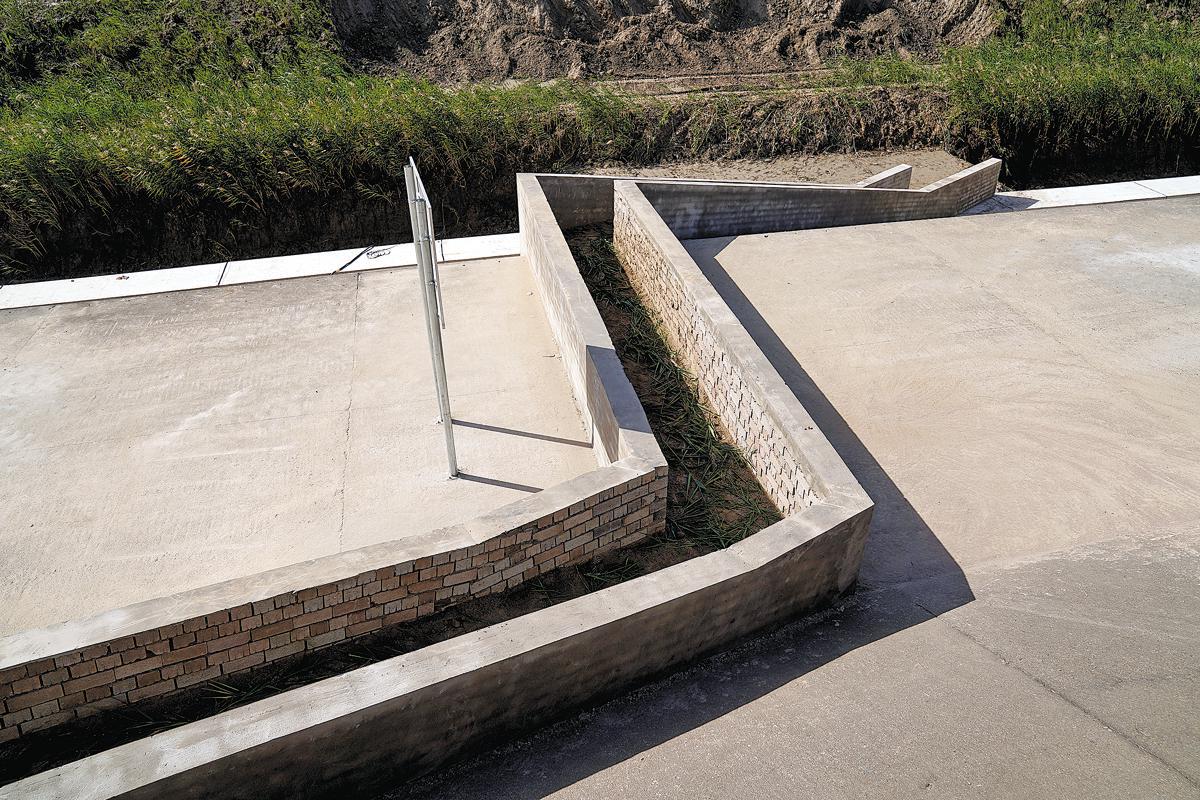Corridor created for migrating crabs

A migration corridor for crabs in Haining. provided to China Daily. Provided to China Daily
China's first sea wall migration corridor made especially for crabs has been built in Haining, Zhejiang province.
The corridor, a gradually ascending walled passage, allows the crustaceans to navigate the sea wall — a man-made barrier to prevent tidal flooding — to reach the Qiantang River beyond.
More such corridors will be constructed over the next year or two for hedgehogs, rabbits and other animals that need to move between habitats on both sides of the wall, mostly in Zhejiang and Jiangsu provinces, said Xu Chao, who is leading the 14.4-kilometer sea wall construction project in the Jianshan section in Haining.
"When we planned this project, we took into account the need to establish a corridor to provide a migration route for the animals," he said.
The crab migration corridor, located on the Jianshan sea wall, is 1 meter wide and 80 centimeters deep.
It zigzags upward using pebbles to create stepping stones for the little critters. The design team created a slope that the crabs could maneuver without difficulty, but which at the same time wouldn't damage the sea wall structure. Construction of the corridor began in March.
The migration corridor also ensures suitable living conditions for the crabs. The path, which is lined with bricks on both sides, starts from a reed pond by the river. Sandy soil and vegetation are scattered along the entire length of the corridor. Crumbs of rotting meat are sprinkled on the path as feed for the crabs.
Xu said that in the past, when sea walls were built, small crabs would often die from exposure to the sun or by being crushed. Now they have access to safe passage.
The riverside in the Jianshan section is a silted, convex bank with abundant beach resources and natural plant communities, including woody bulrushes and reeds, which provide a suitable habitat for crabs. It is one of the four key distribution areas for wintering waterfowl in the wetlands of Hangzhou Bay and the Qiantang River estuary.
In the past, because of the unique structure of the sea wall — with its vertical face, or wave barrier, exceeding 3 meters in height, and with no crossing corridors — ecological migration was impossible.
The construction of biological migration corridors, designed by the Zhejiang Institute of Hydraulics and Estuary, was deemed necessary to protect local wildlife and preserve balance in the ecosystem.


 Red boat spirit inspires new developments
Red boat spirit inspires new developments Zhejiang: A Decade of Progress
Zhejiang: A Decade of Progress A look at Jiaxing's H1 economic data
A look at Jiaxing's H1 economic data